Avro Lancaster 9th Squadron Battle of Britain Flight Model
Production Time 9 to 10 weeks
Shipment is by FedEx, UPS or DHL International Express Courier with a normal door-to-door delivery time worldwide of within 2-3 business days after dispatch. Due to the current volatility of world fuel prices, the amount mentioned here is our best estimate for DHL and UPS and may be subject to change at the time of shipping.

Product statistics
Length: 11.6 Inches (29.5 Centimeters)Wingspan: 17 Inches (43.2 Centimeters)
Height: 3.4 Inches (8.6 Centimeters)
Scale: 1:72
$239.50
Manufacturer: Avro Aircraft Company
Production Time 9 to 10 weeks
-
United States dollar ($)
-
Pound sterling (£)
-
Euro (€)
-
Australian dollar ($)
-
Canadian dollar ($)
-
Singapore dollar ($)
-
Swiss franc (CHF)
-
Japanese yen (¥)
-
Danish krone (kr.)
-
Hong Kong dollar ($)
-
Norwegian krone (kr)
-
Swedish krona (kr)
General Product Description
Our ReplicaHangar Avro Lancaster 9th Squadron Battle of Britain Flight Model exhibits unique, unrivaled quality and detailed design to come as close as possible to the accuracy of the actual plane. It comes as standard with a robust, durable base or stand which is available in a variety of different finishes designed to match your own personal requirements including solid wood, wood with polished metal supports or adjustable wood wall mount and will be ready within about 9-10 weeks from placement of order.
The Avro Lancaster 9th Squadron Battle of Britain Flight Model is made of the finest kiln dried renewable mahogany wood (commonly known as Lauan or Meranti) which has undergone many stages of carving and meticulous and careful sanding giving the beautiful, finished museum quality masterpiece. Many collectors and model connoisseurs demonstrate their preference for genuine handmade and hand painted mahogany wood models rather than plastic or die cast (diecast) alternatives due to the overall look and totally different feel of the item - we trust you will find the same. We can however, if required produce the same model in Solid Cast Resin so just click and contact us for further information. Our craftsmen and gifted artisans ensure that our finely handcrafted model airplanes match the precise blueprint details of the original aircraft. The paint scheme, markings and parts are closely matched, reflecting the original aircraft. This stylish top-quality desktop replica model will surely enthrall anyone who receives this as a gift and for sure one of the most appropriate and desirably collectable gifts for any military aviation enthusiast and avid aircraft collector whilst also displaying a perfect resemblance to the actual real life version.
There are many types of military propeller aircraft, but the basic types are bombers, fighters, fighter bombers, spotter planes, transporters, patrol aircraft, trainers, and reconnaissance and observation aircraft. All these types of aircraft are used for different types of missions. If you're a fan of historic or present-day military aviation, our model aircraft will bring the excitement and character of these aircraft right into your own home. You can order a wood airplane model of a North American B-25 Mitchell Bomber, a B17 - Flying Fortress, or a P-51 Mustang Nervous Energy V not forgetting the Bf 109, Spitfire, FW 190, A6M Zero, P-38 and F4U. These classic, propeller airplane models are of the highest quality. Each is individually crafted by our expert craftsmen. They produce handmade scale mahogany airplane models of the finest aircraft from World War I and II to present day biplanes and triplanes.
If you require, we can also make the Avro Lancaster 9th Squadron Battle of Britain Flight Model in any other military, government or even private livery or colour scheme you require and if necessary, in a different size or scale. Just click here to contact us with a description or photographs of what you require, and we will let you have a quotation for the necessary customization by return email. We can also make bespoke scale replicas of any other private / civil commercial airliner or airliners, helicopter, glider, gliders with engines, military jet, warplane jets, biplane, triplane, tail fin, spacecraft, rocket or NASA model you require in any airline, military or civilian livery or colors. We also produce model airships, blimps, dirigibles, blimps, boats, and ship collectibles. Wall plaque or seal for military, government or private customers. Again, by clicking here to contact us just let us know exactly what you need.
Under the cover of darkness, on May 17,1943, 19 Lancaster heavy bombers of +Royal Air Force Bomber Command+. flew over the coast of occupied Europe on a most secret mission. The crews had been specially trained and the aircraft specially prepared to carry barrel shaped bombs designed by Barnes Wallis. As the targets loomed closer, the designated aircraft initiated their attack runs at very low altitude. The first Lancaster released its bomb, followed by the other aircraft in its group, and as each pulled away the crew could see the bomb bouncing along the surface of the lake towards its concrete target, striking it and finally sinking and exploding. Back at base the news broke – Lancasters of 617 Squadron had breached the Moehne, Eder and Sorpe dams in northwest Germany and had caused major flooding of the vital Ruhr Valley industrial area. The floods had drowned some 1,200 German workers and had cost the RAF eight Lancaster bombers and their crews. This spectacular venture, and the sinking of the German battleship Tirpitz in a Norwegian fjord in 1944, are the best known of all the exploits of the Lancaster, yet it was as the ceaseless nighttime destroyer of German industrial centers and cities that it did most to bring the war to a close.
The Lancaster bomber holds a special place of affection mingled with a great deal of pride in the hearts of British and Commonwealth citizens–feelings which perhaps find their parallel in the hearts of Americans toward the B-17 Flying Fortress. Just as the Spitfire epitomized the CommonwealthÂ’s supreme spirit of defiance in the face of seemingly irresistible defeat, so the evening sight and sound of streams of Lancasters Acirc;“heading out” toward the heartland of the German Reich was the ultimate translation of a war weary peopleÂ’s will to see the Nazi military and industrial machine–the source of colossal suffering for so much of the world–battered into oblivion.
The Lancaster flew for the first time on January 9,1941 as a four-engined development of the Avro Manchester. The RAF began to equip with Mk Is in early 1942 and used them first on March 10th against targets in Essen. Altogether, more than 7,300 Lancasters were produced in Britain as Mks I to VII and Canada as Mk Xs, and they dropped more than 608,000 tons of bombs on 156,000 wartime missions. Some Lancasters were still flying with the RAF in the early 1950s as maritime-reconnaissance, photo-reconnaissance and rescue aircraft.
Like all successful aircraft the Lancaster not only looked good but its flying characteristics matched its appearance. It is all the more ironic therefore that the birth of AvroÂ’s mighty machine owed so much to failure, the failure of its immediate predecessor, the twin engine +Avro Manchester+.. The +Avro 683+. evolved almost accidentally as a result of recurrent failure of the insufficiently developed Rolls Royce Vulture engines installed in the Manchester.
| Weight | 6 kg |
|---|---|
| Dimensions | 11.6 × 17 × 3.4 in |
Be the first to review “Avro Lancaster 9th Squadron Battle of Britain Flight Model” Cancel reply
Related products
Military Airplanes - Propeller
Military Airplanes - Propeller
Military Airplanes - Propeller
Military Airplanes - Propeller
Military Airplanes - Propeller
Military Airplanes - Propeller
Bristol M.1 C C-4918 RAF Royal Flying Corps Shuttleworth Collection Model
Military Airplanes - Propeller
Military Airplanes - Propeller



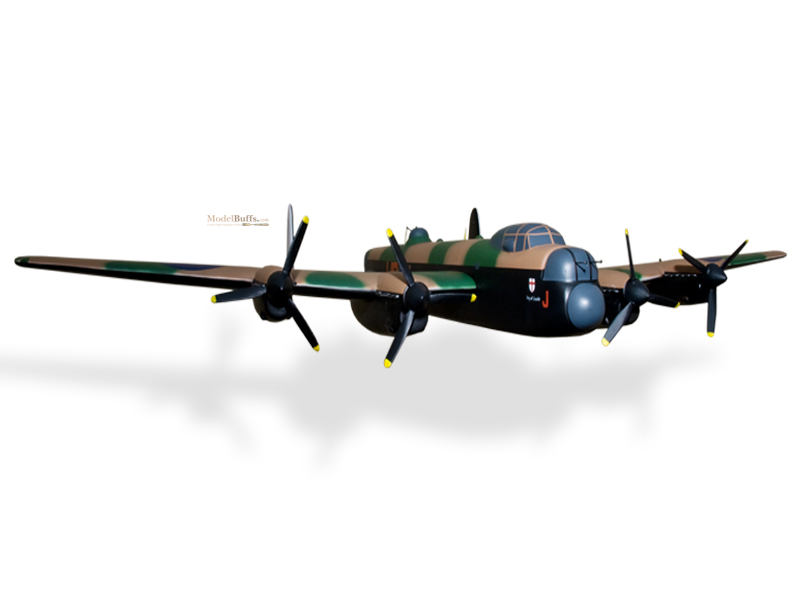

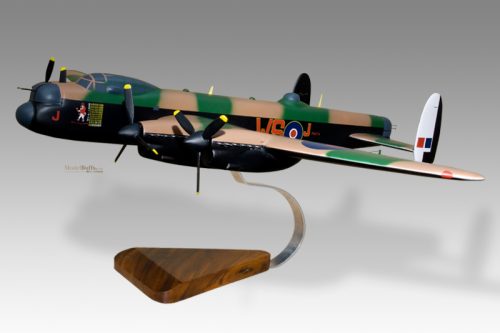
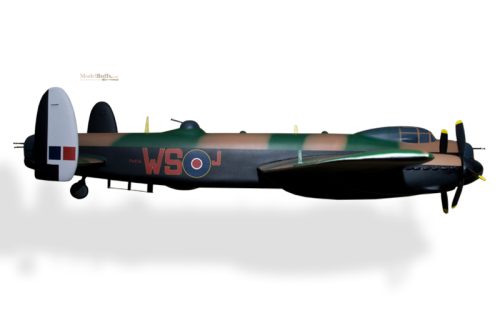
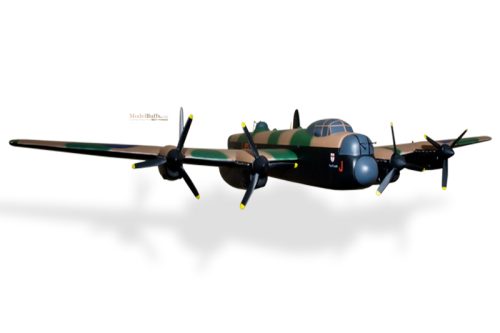
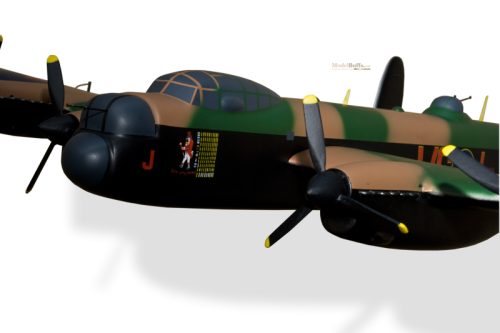


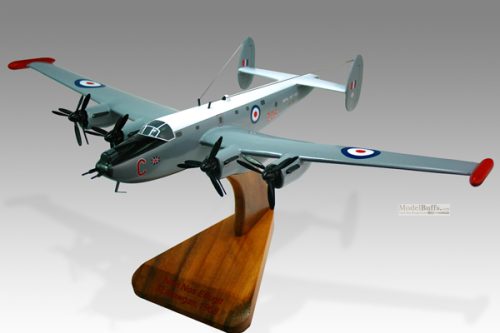
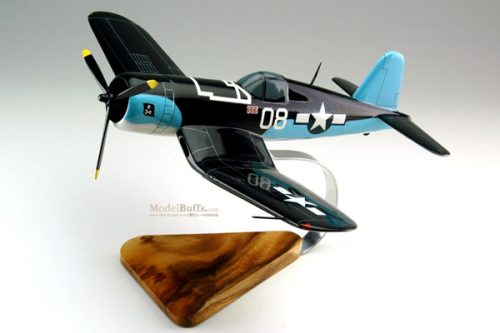
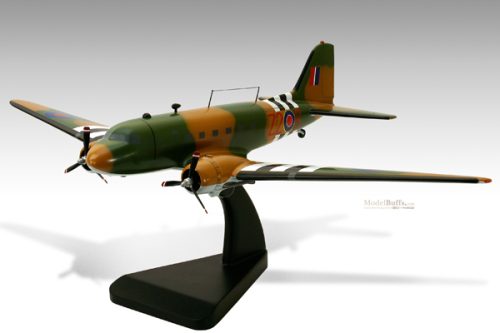
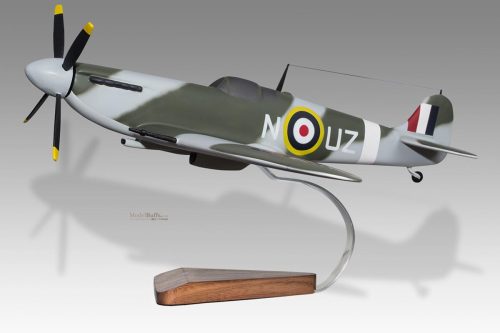
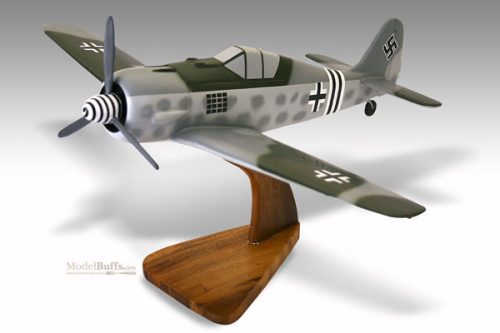
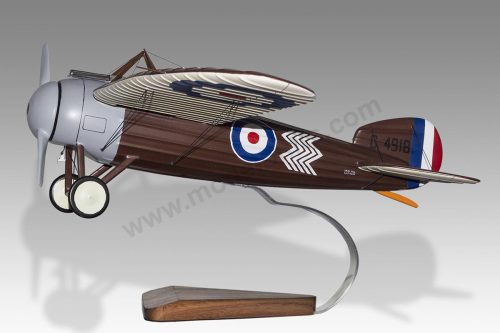

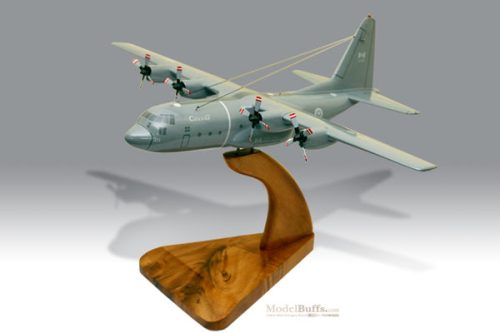
Reviews
There are no reviews yet.